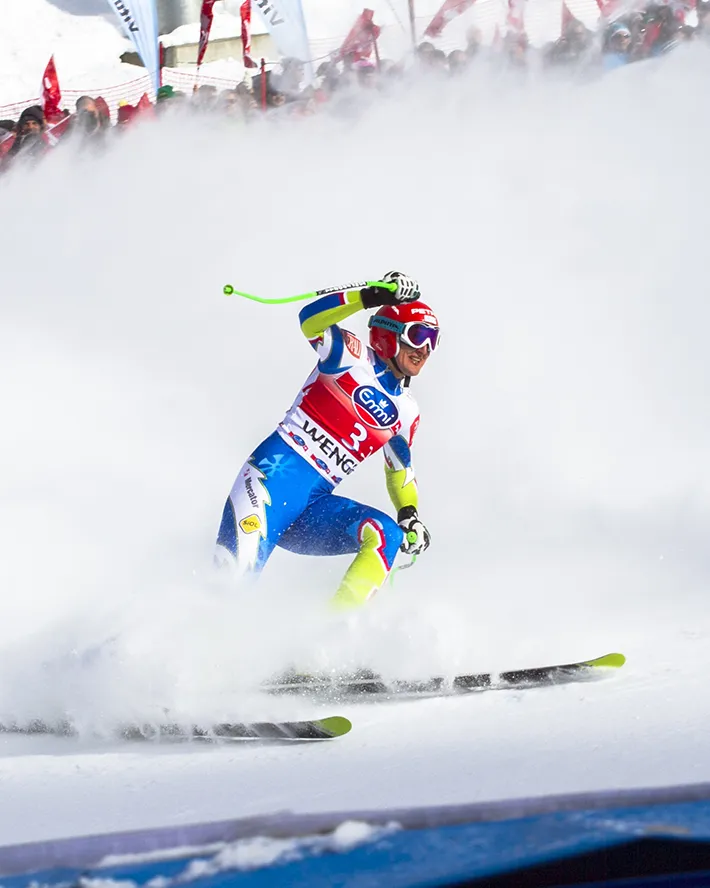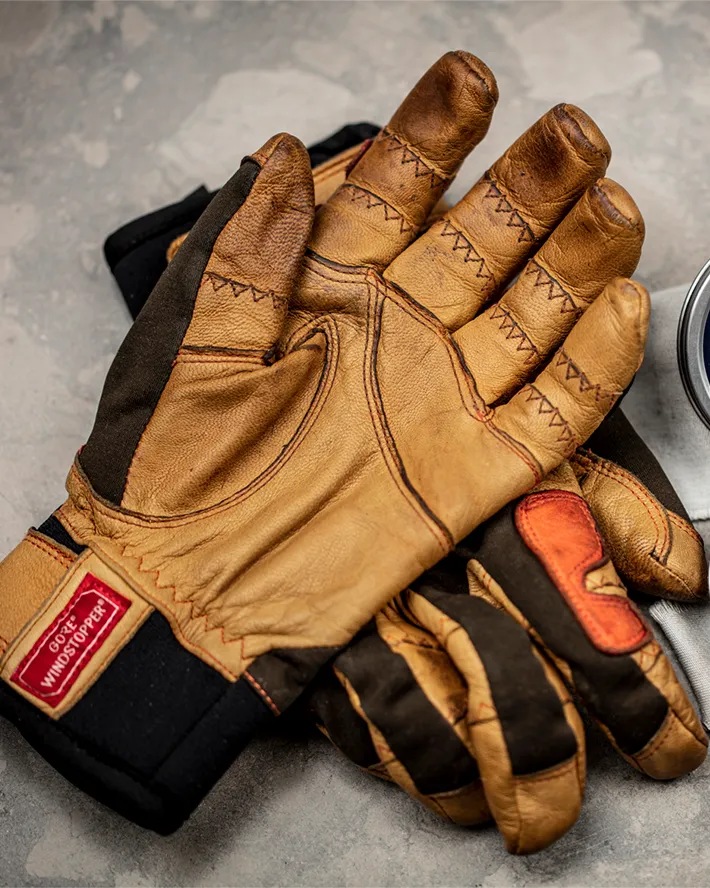Ski racing has a rich history dating back to the early 20th century, when the sport first began to gain popularity in Europe and North America. Over the years, many legendary ski racers have emerged, pushing the boundaries of what was thought to be possible and leaving a lasting impact on the sport. In this blog post, we will take a look at some of the pioneers who changed the game and helped shape the sport of ski racing into what it is today.
Latest innovations in ski helmet safety and design
Ski helmets have come a long way in recent years, with a range of new technologies and innovations designed to improve safety and comfort on the slopes. In this blog post, we'll take a closer look at some of the latest developments in ski helmet technology and how they can benefit skiers and snowboarders.
One of the most significant innovations in ski helmet technology is the use of multi-directional impact protection systems (MIPS). Traditional ski helmets are designed to protect against impacts from one direction, but MIPS helmets are designed to protect against impacts from multiple directions.The MIPS system works by incorporating a low-friction layer into the helmet that allows it to rotate slightly on the head during an impact. This can help to dissipate the rotational forces that can cause brain injuries, such as concussions.
Another recent innovation in ski helmet technology is the use of impact-absorbing materials. Traditional ski helmets were typically made of hard shells, but newer helmets incorporate materials that are designed to absorb and distribute impact energy more effectively. Polystyrene foam and polycarbonate are two materials that are commonly used in ski helmets to provide impact protection. While both materials have their own unique properties and benefits, they differ in several key ways. Polystyrene foam is a lightweight and flexible material that is commonly used in protective gear, such as helmets and padding. It is known for its ability to absorb impact energy and distribute it evenly, which can help to reduce the amount of force that is transferred to the head during an impact.One of the key advantages of polystyrene foam is its low cost and ease of manufacturing. However, polystyrene foam can be less durable, making it less effective as a long-term protective material, and it may need to be replaced more frequently than other materials. Polycarbonate, on the other hand, is a rigid and durable material that is commonly used in a wide range of applications, including helmets, eyeglasses, and electronic devices. It is known for its high impact resistance and ability to withstand extreme temperatures and conditions. However, polycarbonate does tend to be more expensive and a bit heavier than polystyrene. Some helmets also incorporate multiple layers of different materials, each with its own unique properties, to provide the best possible protection.
Aramid bridges are a type of technology that is used in premium ski helmets to provide additional protection against impacts. Aramid is a synthetic fibre that has high strength and durability. In ski helmets, aramid bridges are typically used in the construction of the helmet's shell. The aramid fibers are woven into a lattice-like structure that provides additional strength and stiffness to the helmet, without adding significant weight. The bridges can help to improve the helmet's ability to withstand impacts and reduce the amount of force that is transferred to the head, so reducing the risk of brain injuries and lacerations. The use of aramid bridges can also improve the helmet's durability and longevity. The high strength and durability of the aramid fibre can help the helmet to withstand repeated impacts and wear and tear, which can extend the helmet's lifespan and reduce the need for replacements.
In addition to improved protection, new ski helmet technologies are also focused on improving comfort and fit. Many newer helmets are designed to be more adjustable, with features such as dial-fit systems and removable padding that can help to customize the fit of the helmet to the individual wearer. Many new helmets also incorporate ventilation systems, which can help to regulate the temperature inside the helmet and prevent overheating. This can be especially important for skiers and snowboarders who spend long days on the slopes and need to keep their heads warm and comfortable.
In conclusion, the latest innovations in ski helmet technology are focused on improving safety, comfort, and fit, as well as aesthetics. By incorporating features such as MIPS systems, impact-absorbing materials, and adjustable fits, ski helmets are becoming more effective and comfortable than ever before. Whether you're a seasoned pro or a beginner, investing in a high-quality ski helmet is an essential part of staying safe on the slopes.


